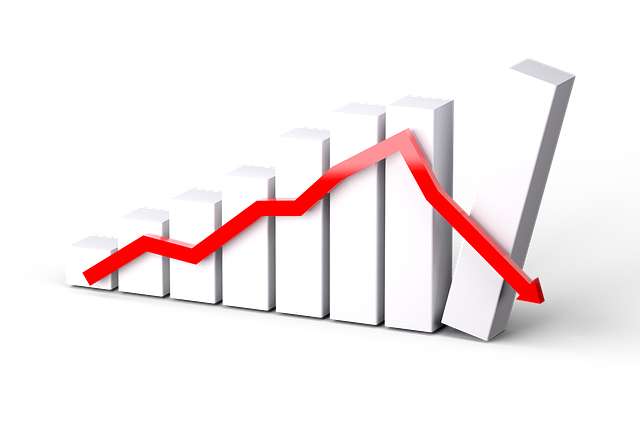Analyzing recent sales data and comparing critical property attributes are key strategies in real estate. By monitoring housing prices, inventory, and buyer demand, stakeholders gain insights into market trends, enabling informed decisions for successful transactions. This data-driven approach helps navigate the dynamic real estate landscape.
When considering a real estate transaction, reviewing recent comparable home sales is an indispensable step. By analyzing sales data in your area, comparing property details and prices, and assessing market trends and conditions, you gain invaluable insights into the current real estate landscape. This strategic approach allows for informed decisions, ensuring you secure the best possible outcome whether buying or selling. Let’s explore each aspect to navigate the market with confidence.
Analyze Recent Sales Data in Your Area

Analyzing recent sales data is a crucial step in understanding the real estate market in your area. Start by looking at comparable homes that have sold within the last few months or even weeks. These should be properties similar to yours in terms of size, location, amenities, and condition. Keep in mind factors like school districts, nearby amenities, and neighborhood popularity can also influence pricing.
By examining these recent sales, you gain valuable insights into what buyers are paying for comparable properties. This data helps you set a realistic listing price for your home, ensuring it’s competitive yet reflects its true market value. It’s a strategic approach that leverages current market trends to make informed decisions in the ever-evolving real estate landscape.
Compare Property Details and Prices

When reviewing recent comparable home sales in real estate, comparing property details and prices is a meticulous process that requires attention to every minute aspect. Start by examining key features such as square footage, number of bedrooms and bathrooms, year built, lot size, and any notable renovations or upgrades. These factors are non-negotiable when determining the value of a home in the real estate market.
Next, analyze the price trends of these comparable properties. Look at both the sale prices and the listing prices to get an accurate picture of the market dynamics. This step involves benchmarking and understanding what similar homes have sold for recently. By doing so, you can gain valuable insights into the current state of the real estate market, helping you make informed decisions when assessing property values.
Assess Market Trends and Conditions

When reviewing recent comparable home sales in the real estate market, it’s crucial to assess current market trends and conditions. This involves tracking key indicators such as housing prices, inventory levels, and buyer demand. By analyzing these factors, you gain valuable insights into the overall health of the local real estate market. For instance, a steady increase in sale prices and low inventory might suggest a seller’s market, while declining prices and high inventory could indicate a buyer’s advantage.
Understanding market conditions is essential for making informed decisions. It helps homeowners set realistic listing prices, encourages buyers to be strategic in their search, and guides real estate agents in advising clients. Staying abreast of market trends ensures that everyone involved in the real estate transaction has a clear picture of the current landscape, facilitating smoother negotiations and more successful deals.






